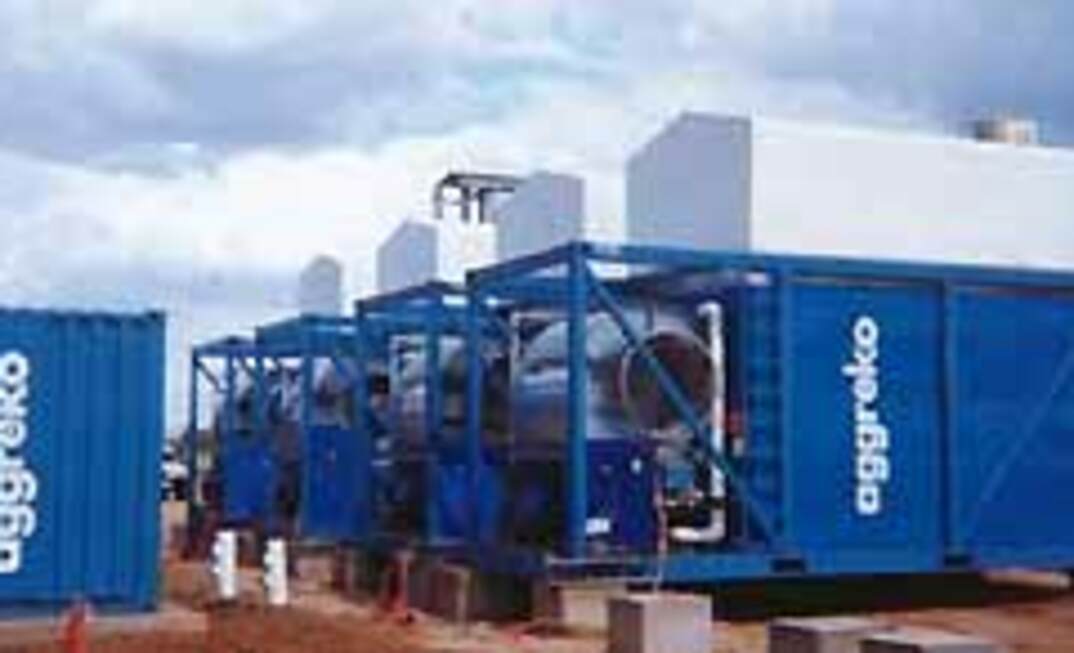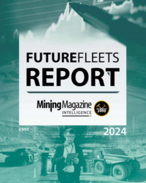In a paper entitled, Sources Of Heat And Heat Management In Australian Longwall Coal Mines, presented at the Ninth US Mine Ventilation Symposium, Ontario in June 2002, Moreby said high working face temperatures are inevitable in Queensland coal mines due to the surface climatic profile, mine geometry and installed power of mining equipment.
As production rates, depth of working and block geometry increases, refrigeration will be required to provide acceptable thermal environments in many working faces, he said.
The duration and severity of the period for which limiting face conditions are exceeded led two coal mines to introduce refrigeration plant to reduce intake air temperatures in summer 2001-2002.
The method selected was to bulk cool a fraction of intake air on the surface to provide intake temperatures of 20 to 21OC WB during periods of the year when surface temperatures exceed these conditions.
Such surface cooling needs more refrigeration capacity than if plant were to be installed closer to working faces. This is due to outbye leakage, increased heat transfer from strata and the fact that only a relatively small fraction of total intake air is actually used in face environments. However, there are significant operational advantages to be gained by installing plant on surface.
For other mines seeking to investigate refrigeration techniques, Moreby said identified sources of heat can be quantified and modelled, to acceptable tolerances, using standard techniques. Some intake heat sources can be readily managed by redesign of ventilation circuits but this will have little effect on heat transfer from strata or the effect of autocompression.
Increasing the volume in ventilation circuits significantly, which is often impracticable will have little effect.
Introducing refrigeration to underground coal mines is fairly costly. The "average" coal mine requires some 3.0 to 4.5 MW(R) of refrigeration capacity for five months of the year at an annual cost of some $700,000 to $900,000.
"Therefore, it is important that mines quantify site specific requirements and maximise use of alternative strategies. However, even a cursory examination of data describing the difference between summer surface and limiting face temperatures strongly suggests that refrigeration cannot be avoided in the long term," Moreby said.
Many proven methods of introducing refrigeration to mines are available. Optimum solutions will be site specific but are likely to involve a combination of bulk air cooling and reticulation of chilled service water.
"Metalliferous mines have, for many years, used a variety of refrigeration systems involving reticulation of chilled water, surface or underground heat exchangers with compressor-condenser sets located on surface or underground," Moreby said.
"Clearly the sophistication and cost of methods employed must be commensurate with site specific requirements to provide an optimum solution. Due to the relatively shallow depth of mining and available surface access, it is likely that the long-term solution in most mines will involve a combination of surface bulk cooling and reticulation of chilled service water. Plant designed specifically for underground coal mine use, and currently employed in European mines, may also be considered."
* Dr Roy Moreby is associate professor of mining, Department Of Mining Engineering at the University of New South Wales and consultant to the metalliferous and coal mining industries.
























